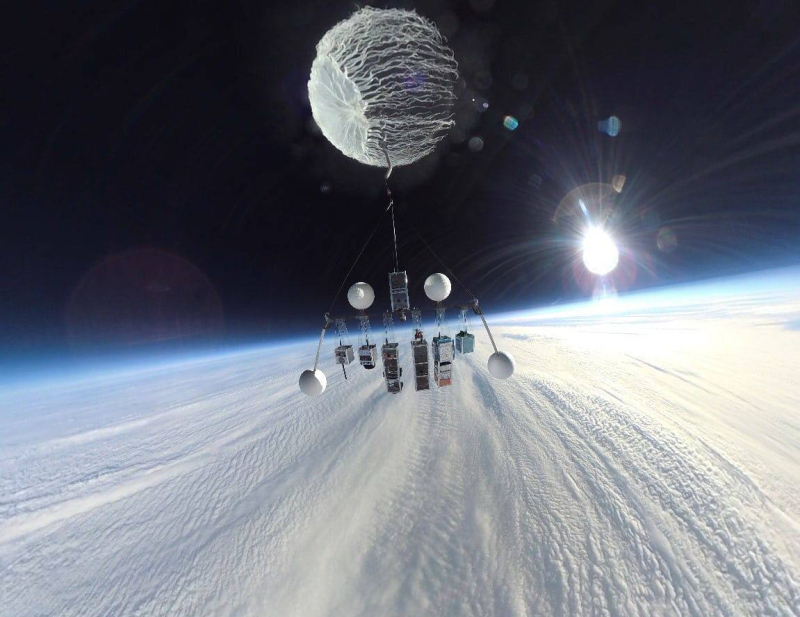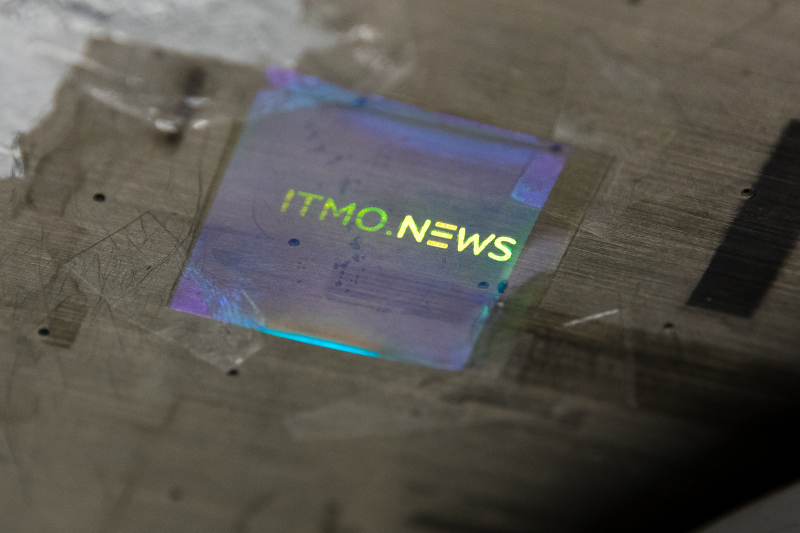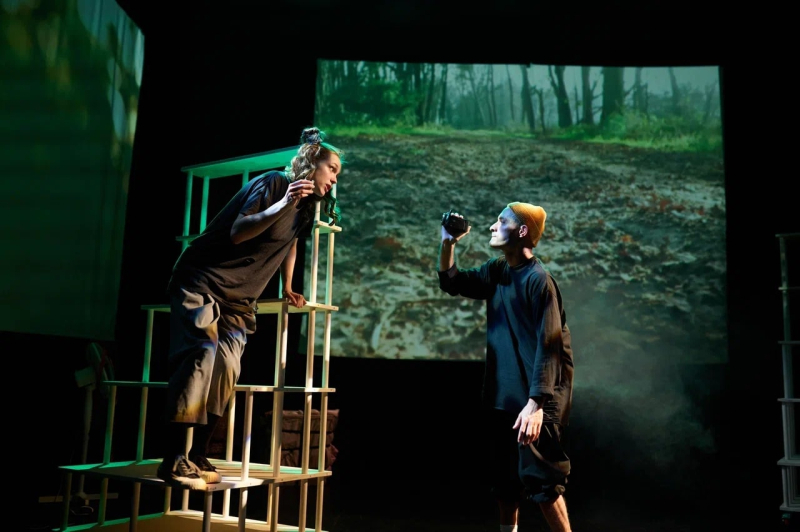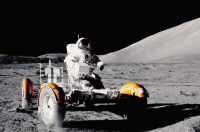Research
What do you think of when you hear the words “laser billiards”? Probably something really awesome, but still not as revolutionary as this research breakthrough from scientists at ITMO’s International Research and Educational Center for Physics of Nanostructures. Their invention is an ion trap that combines two distinct approaches to offer a greater degree of control over manipulated particles – a highly promising prospect for metrology and gravimetry.
Read more: Laser Billiards Made Possible Thanks to ITMO Researchers
In the 60 years since the first manned flight into orbit, space medicine has made enormous strides to make the spacefaring experience of astronauts as smooth as possible. One of the issues that remain, however, is the loss of bone density caused by prolonged exposure to low gravity. Young scientists from ITMO and other universities are on the case: not long ago, they conducted the second in a series of practical experiments. Using an aerial probe, the researchers launched samples that imitate the bone growth process into the stratosphere. The samples, enhanced with silk proteins, may prove the potential for special strengthening injections to be used in future space flights.
Read more: ITMO Students Launch Stratospheric Satellite to Find Cure For Osteoporosis

A stratospheric probe at the altitude of 25 km. Photo courtesy of Stratonavtika
See also:
Tools for Scientists: Use These to Bring Your Search for Papers to the Next Level
University
A new chapter in the partnership between ITMO and Sberbank: graduates of the university’s joint Master’s program Robotics and Artificial Intelligence (taught in English!) now have the golden opportunity to join the banking giant’s Robotics Laboratory and quite literally shape the future as part of R&D projects in the field of embodied intelligence.
Read more: ITMO and Sberbank Take Partnership to Next Level With New Staff Training Center
Art & Science
It’s been a big couple weeks for art-related news at ITMO:
In this first story, our portal reported on a recent study carried out at the university’s Laboratory of Digital and Display Holography. Having combined several imaging methods in their arsenal, they have devised a new way to digitize art pieces in 3D and with an extremely high level of detail. Aside from being a handy way to display items that cannot be exhibited otherwise, it should also prove helpful in preserving objects of cultural heritage and insuring against their possible loss.
Read more: How Holograms Can Help Preserve Artworks – And Even Restore Those Lost to Time

The ITMO.NEWS logo printed using a newly-developed holography method. Photo by Dmitry Grigoryev, ITMO.NEWS
And in a headline that seems to be ripped straight out of a National Treasure movie, researchers at the ITMO Heritage Science Lab have doubled the total number of Werner Tübke paintings in Russia. But there’s a catch: it seems that the German master’s painting Hiroshima I had concealed a second, earlier artwork underneath the top layer of paint – a fact discovered through the use of non-destructive analysis methods, including radiography.
Read more: ITMO Scientists Help Discover Lost Painting of Esteemed German Artist Under A Layer of Paint
Theater is an art as old as time – but cutting-edge technologies are helping stage directors ensure its constant relevance. Recently, experts from ITMO collaborated with theater troupes to create several set designs that incorporate the latest tech and even introduce a degree of interactivity for the audience. For insights into the efforts and considerations that went into these projects, click the link below.
Read more: An Omnipresent Tiger and Collective Fears: ITMO Experts Create Digital Theatrical Sets




